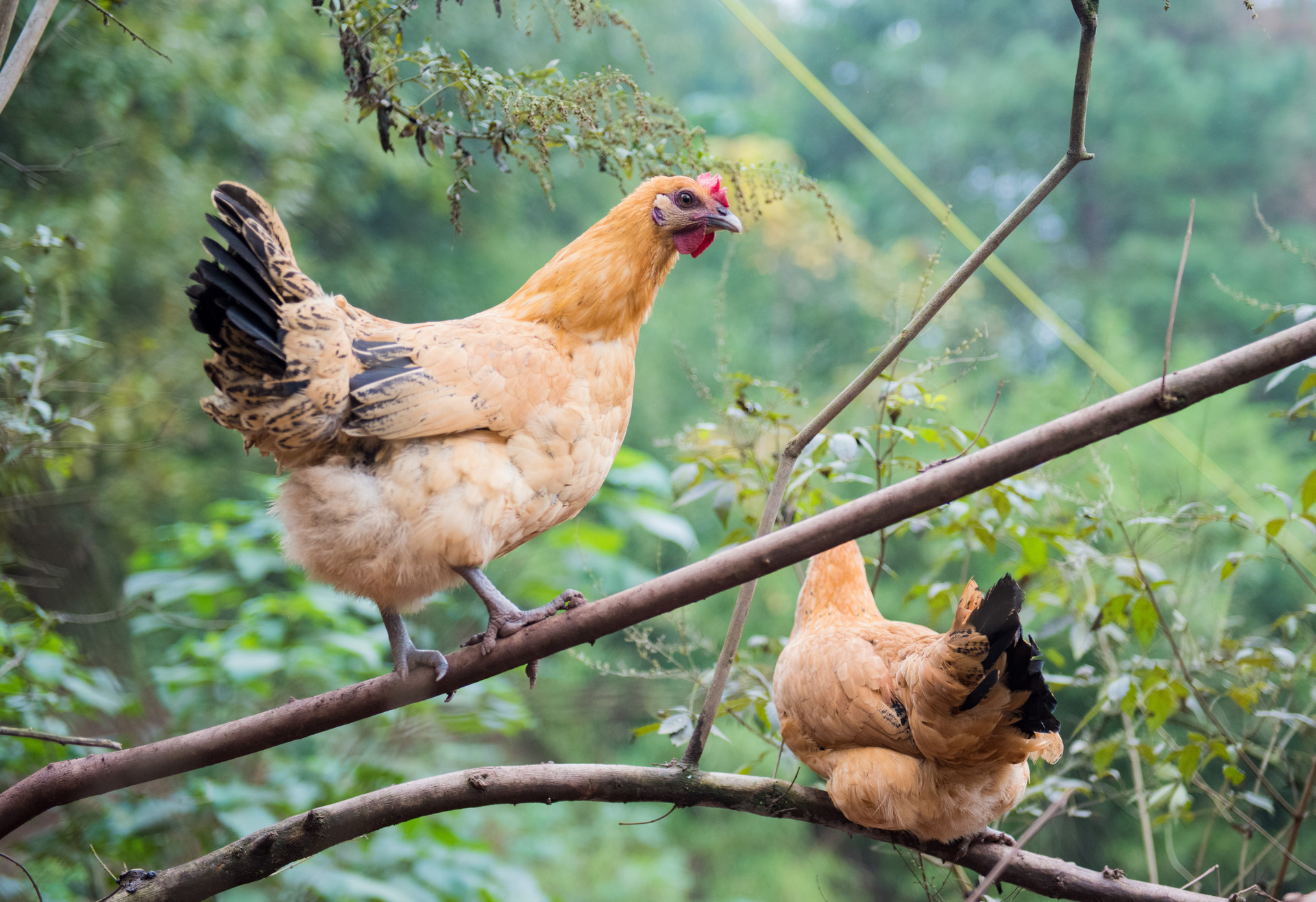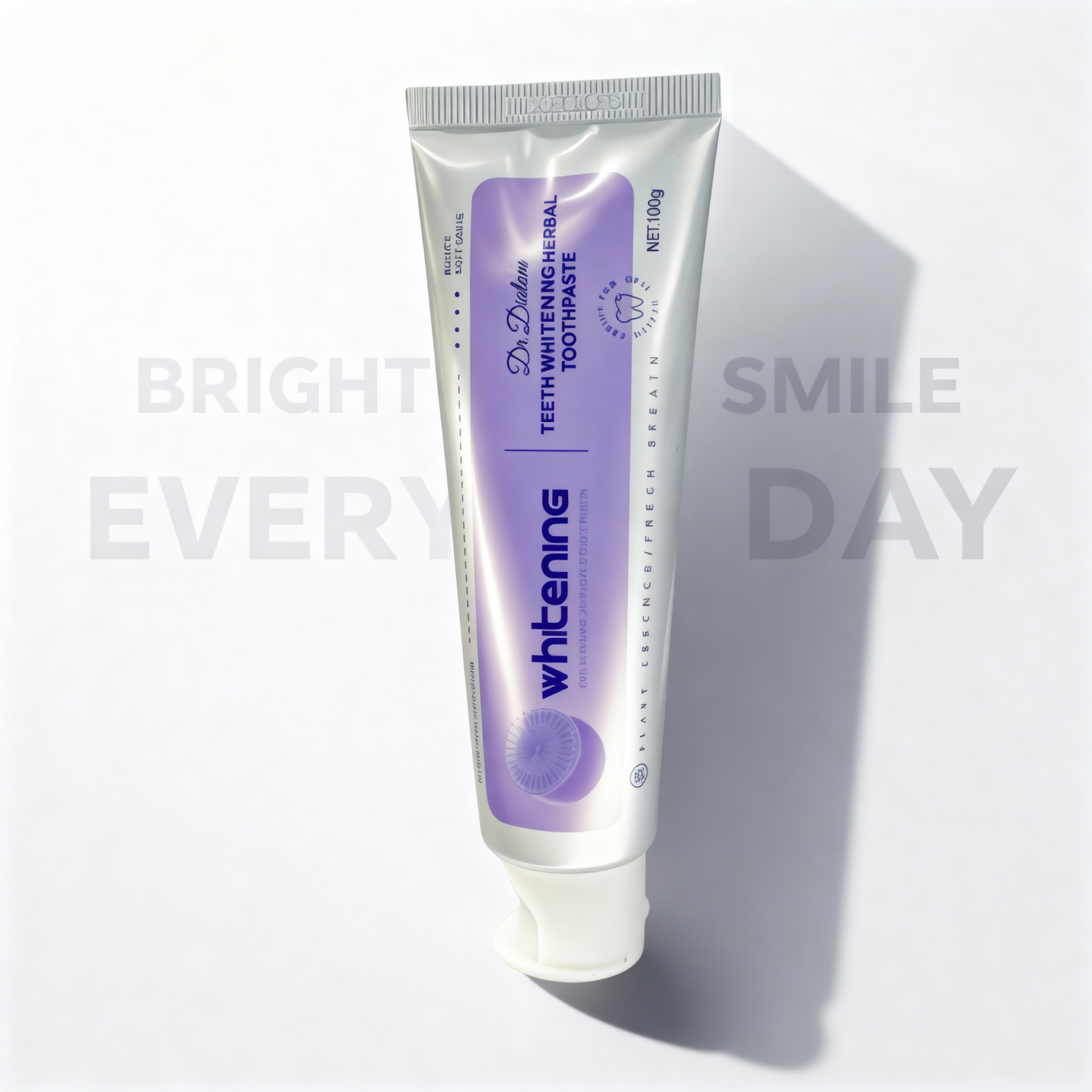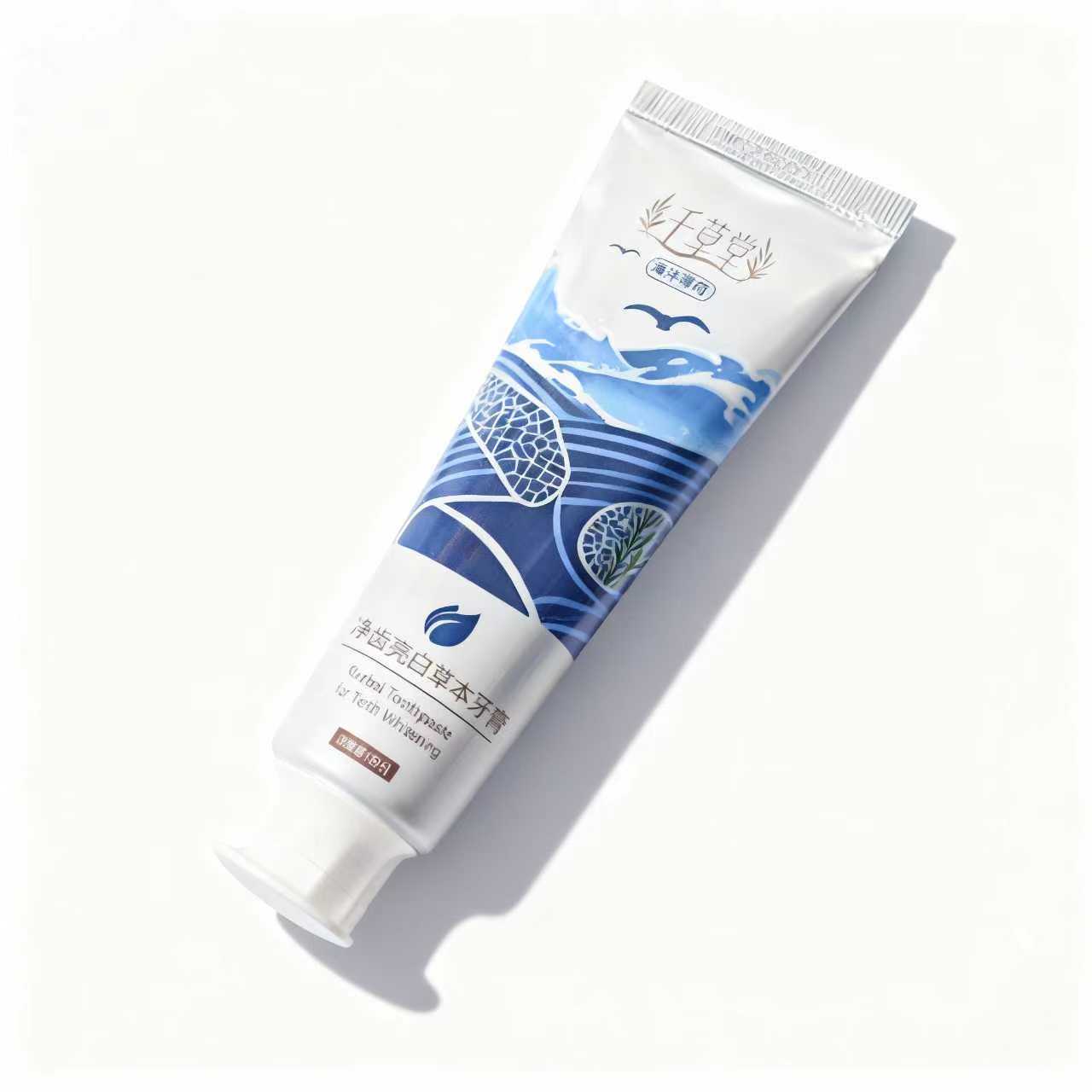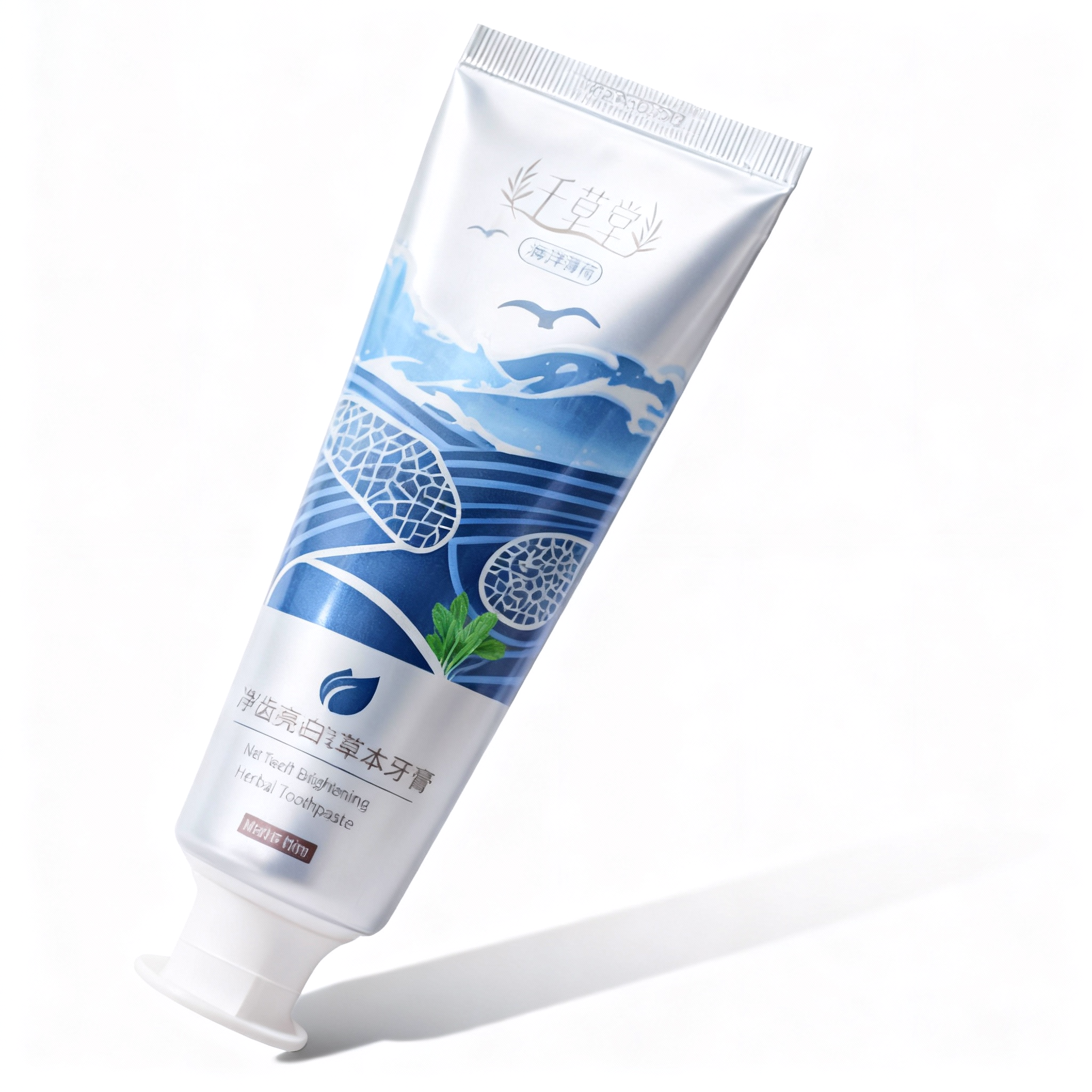
Is Diatomaceous Earth Safe for Chickens? A Complete Guide to Choosing the Best Option
Discover the best diatomaceous earth for chickens with this complete guide. Learn how to use it safely, understand its benefits, and find top-rated food-grade options to keep your flock healthy and pest-free.
Backyard chicken keeping is a rewarding endeavor, but it comes with its fair share of responsibilities—including pest control. Mites, lice, fleas, and other parasites are common issues in chicken coops, and many poultry keepers turn to natural remedies to avoid harmful chemicals. One of the most effective and widely used natural solutions is diatomaceous earth. But with so many products on the market, how do you choose the best diatomaceous earth for chickens? More importantly, is diatomaceous earth safe for chickens?
This in-depth guide answers these questions and more, helping you make an informed, safe, and effective choice for your flock.
What Is Diatomaceous Earth?
Diatomaceous earth (DE) is a naturally occurring soft sedimentary rock made from the fossilized remains of tiny aquatic organisms called diatoms. These diatoms are made of silica, and over millions of years, they accumulate in freshwater lakes and eventually form into a soft, powdery substance.
When ground into a fine powder, DE has many applications. It is commonly used for:
- Pest control
- Filtering liquids
- Absorbing spills
- Food preservation
- Animal feed additives
There are two main types of diatomaceous earth:
Food-Grade Diatomaceous Earth
This type is safe for human and animal consumption. It contains less than 1% crystalline silica, making it ideal for use with chickens. It is often used to treat internal and external parasites and can even be mixed into feed.
Industrial or Filter-Grade Diatomaceous Earth
This form is used for filtration and contains higher levels of crystalline silica, making it harmful to humans and animals. It is not safe for chickens and should never be used in or around your coop.

How Diatomaceous Earth Works
Diatomaceous earth works by physically abrading the outer protective layer of insects and parasites. Its microscopic, razor-sharp particles cut through the waxy coating of insect exoskeletons, causing them to lose moisture and die from dehydration.
Unlike chemical pesticides, DE does not work by poisoning the pest. Instead, it relies on its physical structure, which means:
- Insects do not develop resistance to DE
- It remains effective as long as it stays dry
- It does not break down over time like chemical treatments
This makes it a highly reliable and sustainable solution for long-term pest management in chicken coops.
Is Diatomaceous Earth Safe for Chickens?
Yes, diatomaceous earth is safe for chickens when used correctly. However, it must be food-grade and applied with care to avoid potential respiratory issues.
Why It's Safe:
- Non-toxic: Food-grade DE contains no harmful chemicals
- Edible: Chickens can safely ingest small amounts
- Residue-free: It does not leave toxic residues in meat or eggs
When to Be Cautious:
- Inhalation risk: Fine DE dust can irritate the respiratory systems of both humans and chickens. Always apply in well-ventilated areas and use a mask.
- Sensitive chicks: Avoid applying directly to young chicks, whose lungs are still developing
- Skin dryness: Over-application can dry out the skin of chickens
Used wisely, diatomaceous earth safe for chickens is a valuable addition to any natural poultry care routine.
The Benefits of Using Diatomaceous Earth in Your Coop
Using the best diatomaceous earth for chickens brings a host of benefits, from pest prevention to coop cleanliness.
A. Parasite Control
DE is extremely effective against mites, lice, fleas, and ticks. Regular dusting helps prevent infestations and reduces discomfort in your flock. Chickens will often use a DE-enhanced dust bath to self-treat.
B. Moisture and Odor Reduction
DE naturally absorbs moisture from bedding and waste. This helps:
Reduce ammonia build-up
Keep the coop dry
Minimize unpleasant odors
C. Egg and Nesting Box Hygiene
Sprinkling DE in nesting boxes keeps eggs cleaner and discourages mites from settling in the straw or shavings.
D. Improved Feed Efficiency
When added in small quantities to feed, DE can:
Improve digestion
Reduce the presence of internal parasites
Promote overall health and feather condition

How to Apply Diatomaceous Earth for Chickens
Proper application ensures safety and effectiveness. Here’s how to use diatomaceous earth in various ways:
A. Dust Bath
Mix a few scoops of DE into the chickens’ preferred dust bath area. They will naturally roll and coat themselves, which helps remove mites and lice. Ideal ratios are:
- 1 part DE
- 3 parts dry dirt, sand, or ash
B. Coop Bedding
Lightly sprinkle DE under fresh bedding and over litter
Focus on corners, perches, and nesting boxes
Reapply weekly or after heavy rain or cleaning
C. Direct Application (For Active Infestations)
Gently hold the bird and apply a small amount under wings and around the vent area
Use a powder duster or gloved hand
Avoid the head, eyes, and nostrils
D. Feed Additive (Optional Use)
Mix 1-2% of DE by weight into their feed (e.g., 20g per 1kg of feed)
Always consult a veterinarian before long-term usage
Choosing the Best Diatomaceous Earth for Chickens
When shopping for DE, not all brands offer the same safety and efficacy. Here’s what to look for:
Must-Have Features:
- Labeled Food-Grade: Only this type is safe for animal use
- High Purity: At least 85-95% amorphous silica
- No Additives: Avoid perfumes, fragrances, or chemical ingredients
- Low Crystalline Silica: Less than 1% to prevent respiratory damage
Red Flags:
- No food-grade labeling
- Listed for industrial or filtration use only
- Contains fillers or unknown substances
By selecting a reputable product, you ensure your flock benefits from a solution that is both safe and effective.
Tips for Safe Usage and Handling
Maximize the benefits and minimize risks with these safety tips:
- Always wear a mask and gloves when applying DE
- Keep DE dry to maintain effectiveness
- Store in a sealed container away from moisture
- Avoid applying on windy days to prevent inhalation
- Dust lightly—a thin coating is all that’s needed
Used responsibly, diatomaceous earth safe for chickens is a long-term, effective strategy for healthy flocks.
Frequently Asked Questions (FAQs)
Q1: Is diatomaceous earth safe for chickens to eat?
A: Yes, food-grade DE is safe in small quantities and can be mixed into feed to help manage internal parasites.
Q2: How often should I apply DE in the coop?
A: Weekly, or after coop cleaning. Increase frequency during infestations.
Q3: Can I use DE with chicks?
A: Use cautiously. Avoid direct application and ensure good ventilation.
Q4: Will DE affect egg production?
A: No. Used properly, DE has no negative impact on laying or egg quality.
Q5: How do I know if a product is truly food-grade?
A: Look for clear labeling, certifications, and low crystalline silica content.
Conclusion
Diatomaceous earth is a versatile, natural tool that every chicken keeper should consider. It’s effective, sustainable, and when used correctly, safe for all members of your flock.
Choosing the best diatomaceous earth for chickens means selecting food-grade, high-purity products from reputable brands. Whether used in bedding, feed, or dust baths, diatomaceous earth safe for chickens can significantly improve the health, comfort, and productivity of your poultry.
Embrace this natural method to protect your chickens—and rest easy knowing your flock is well-cared for without harsh chemicals.




